Signal for Help Responder Course
From needs analysis to eLearning program production, LX Labs collaborated with the Canadian Women's Foundation help regular people respond to signs of gender-based violence in a safe and supportive way.
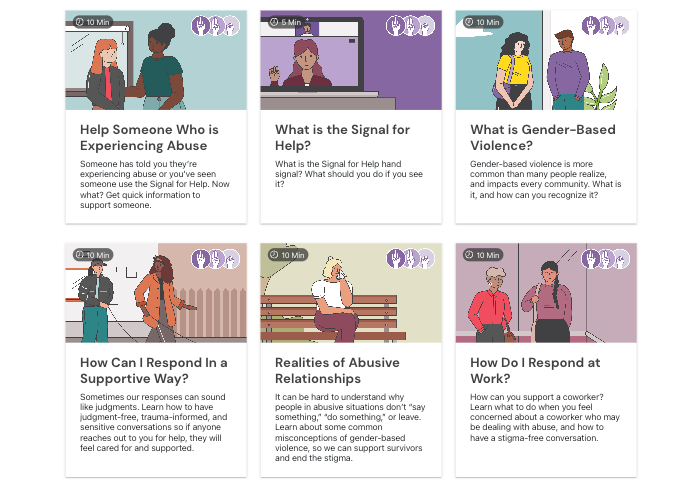
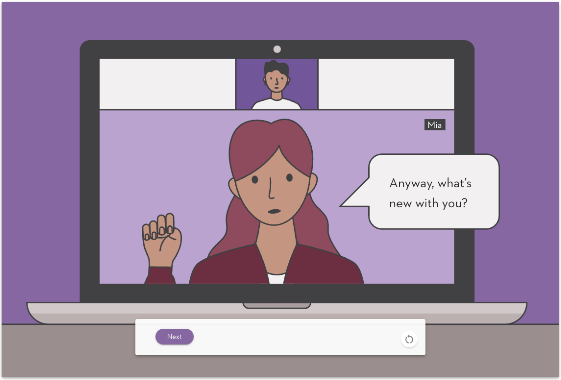
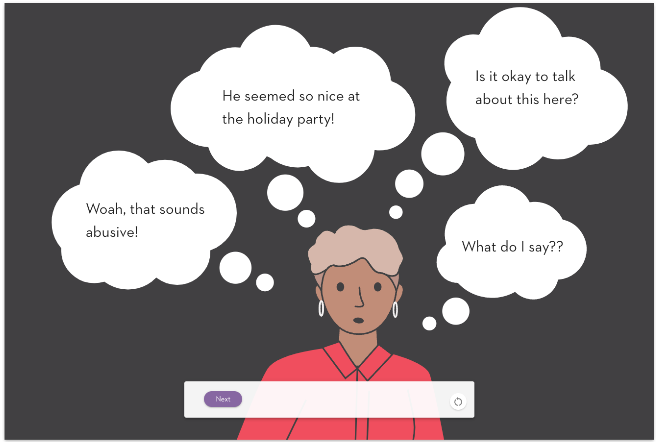
Brief
Early in the COVID-19 pandemic, the Canadian Women’s Foundation created the Signal for Help, a simple one-handed sign someone experiencing abuse can use on a video call to silently show they need help. Building on the signal’s success, the Foundation engaged Onlea to design and build an interactive, engaging, low-barrier eLearning experience to help people respond to the Signal for Help or other signs of gender-based violence in a safe and supportive way.
They needed a solution sensitive to the stigma and silence that often surrounds this issue, and was inclusive, fully accessible, and available in both French and English.
Following a series of workshops to identify the target audience, we designed and created a non-linear micro-course program that allows diverse learners to focus on areas most relevant to their needs.
Modules provide quick and practical information, reinforced through engaging interactive scenarios with custom graphics. An optional final immersive scenario created using our custom-built interactive tool allows learners to practice their new skills in a realistic but low-stakes environment.
More information about the Signal for Help Responder course can be found on the Canadian Women’s Foundation website: Become a Signal for Help Responder
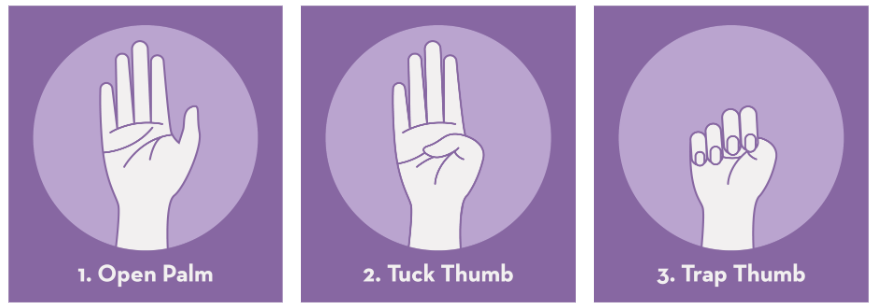
About the client
The Canadian Women’s Foundation supports women, girls, and gender-diverse people through funding, research, advocacy, and knowledge sharing. A key area of their work is combating gender-based violence. Early in the COVID-19 pandemic, the Canadian Women’s Foundation created the Signal for Help, a simple one-handed sign someone can use on a video call to silently show they need help and want someone to check in with them in a safe way.
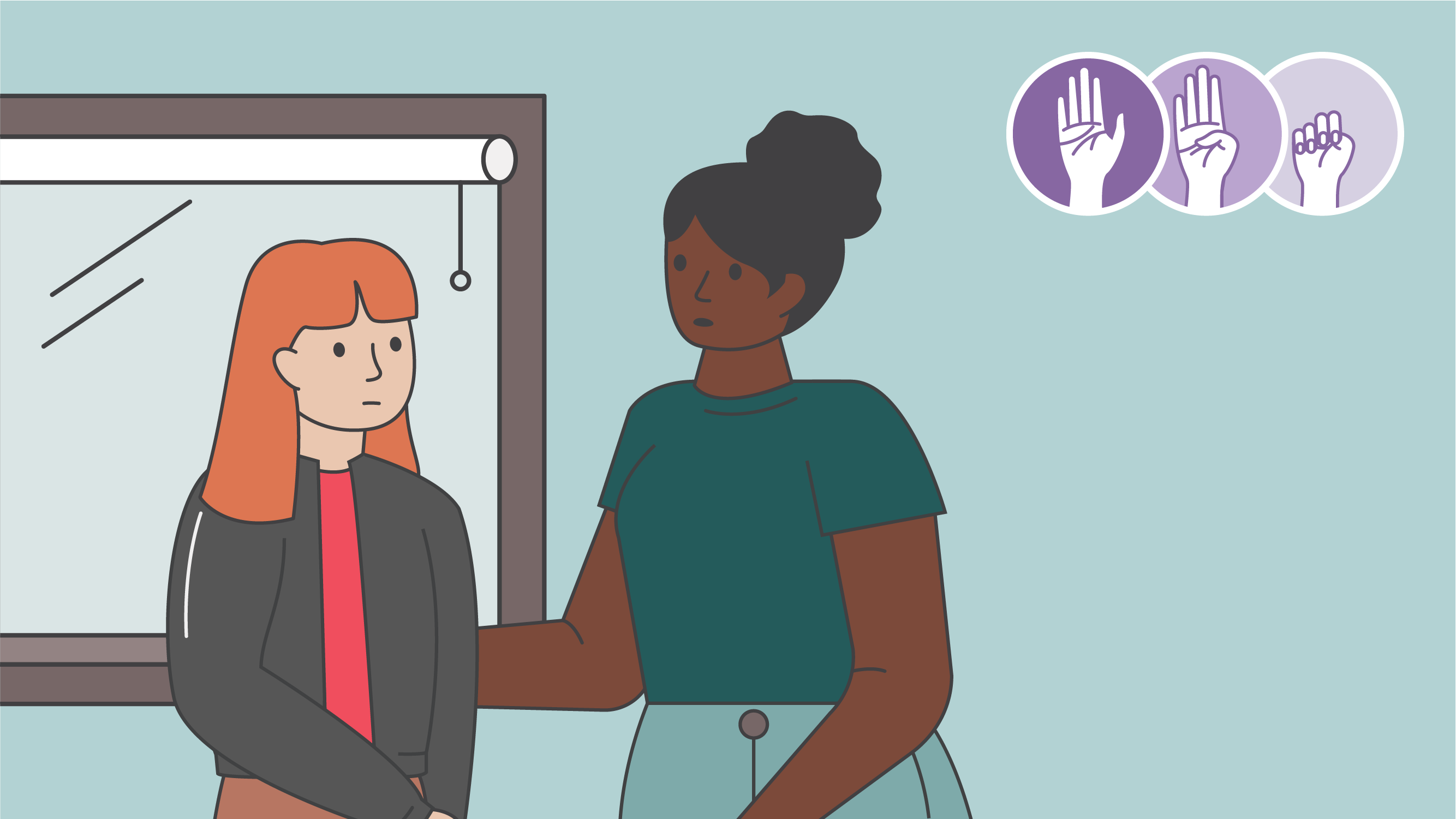
Our Solution
Our work with the Canadian Women’s Foundation was conducted in two phases.
Phase One included extensive consultation with the client. We conducted learner persona and learner journey workshops to help identify the needs of diverse learners for the Signal for Help courses. We reviewed existing materials and consulted with Canadian Women’s Foundation subject matter experts to map the content and recommend a content strategy. We assessed the requirements for a new Learner Management System (LMS) for both the Signal for Help Responders program and other corporate uses and provided research and advice to help them make their selection.
In Phase Two, we developed the Signal for Help Responders program as a series of micro-modules. This included the development of a style guide, customized menu and interface within the chosen LMS, and interactive course content featuring original graphics and animations. Early versions of the interface and content were tested with representative selection of learners who provided invaluable user feedback in the early stages of development.
The final program consists of:
- A start page that allows learners to either explore the main menu or go directly to the “Help Someone Who is Experiencing Abuse” micro-module to get quick information to help someone right now.
- A non-linear menu that allows learners to choose whichever micro-modules meet their current needs.
- Six micro-modules that provide practical and engaging content in an inclusive, sensitive, accessible, and easy-to-digest format for learners with many competing demands.
- Storytelling and interactivity interwoven throughout the modules using our custom-built, fully accessible and responsive interactive scenario tool.
- An optional final immersive scenario that allows learners to practice their new skills in a realistic but low-stakes environment, with feedback and prompts for further learning.
- French and English versions developed simultaneously to ensure that both versions feel local and relevant, not like translations.
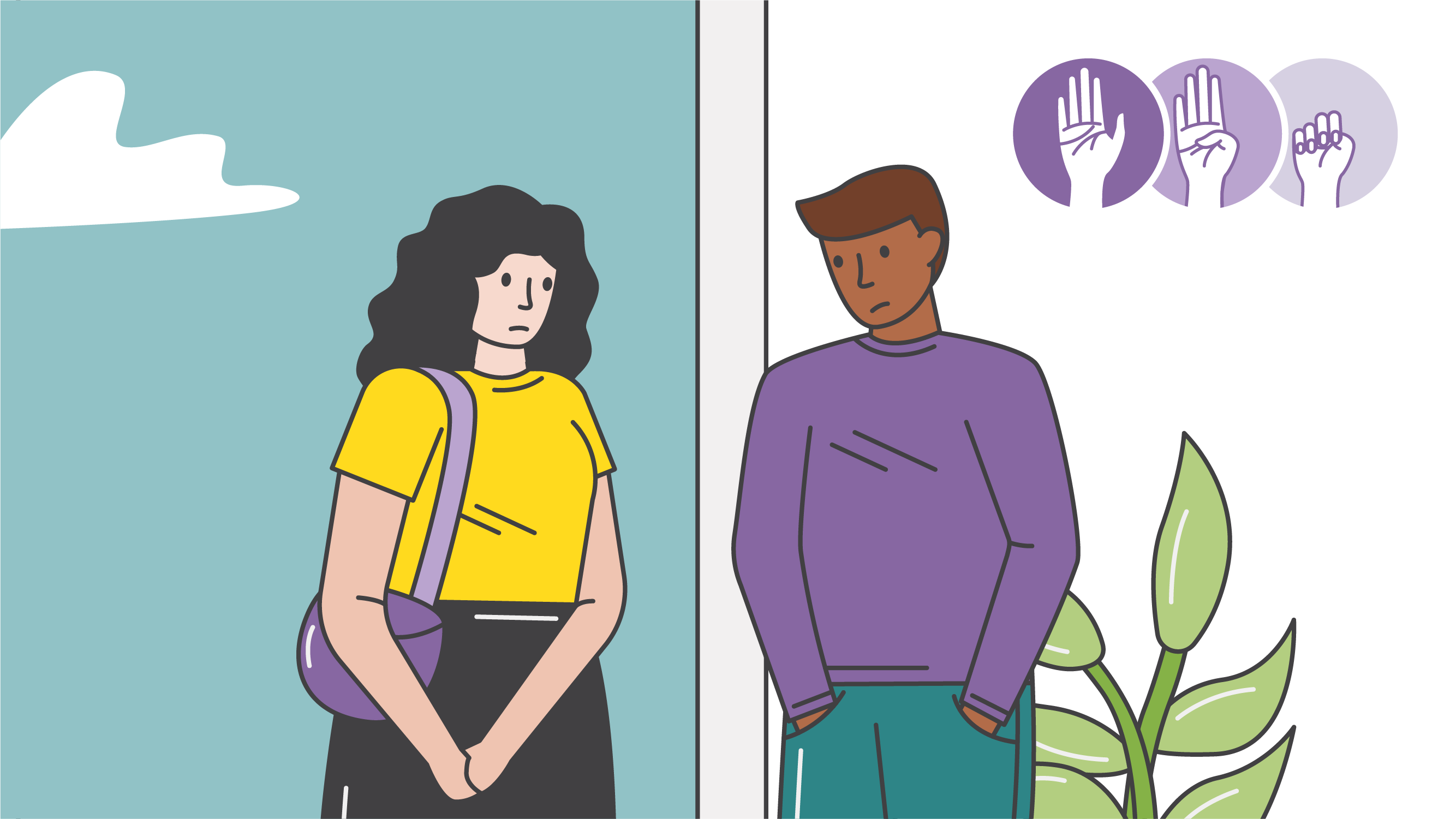
Results
At every point in this project, the priority was providing the shortest path to a customized learning experience with the fewest barriers. By carefully researching and consulting the target demographics, we learned that the audience needed quick and easy-to-understand information that they could consume at their own pace in the midst of demanding lives. The result is a program that gives learners control over their learning, with an open, non-linear menu from which learners can choose whichever modules best fit their needs and existing knowledge. The content is inclusive, fully accessible, easily digestible, and practical.
Some statistics:
- After completing the “What is Gender-Based Violence Module?”, 98% of learners said they have a better understanding of gender-based violence; 96% of learners said the same after taking the “Realities of Abusive Relationships” module.
- 83% of learners would recommend this course to others
- 74% of learners said the modules made them feel more knowledgeable and inspired to act.
- As of April 21, 2023, 1, 653 learners are enrolled in the English version of the course and 335 learners are enrolled in the French course, for a total of 1,988 learners overall.
To learn more about the signal for help, visit the Canadian Women’s Foundation website.